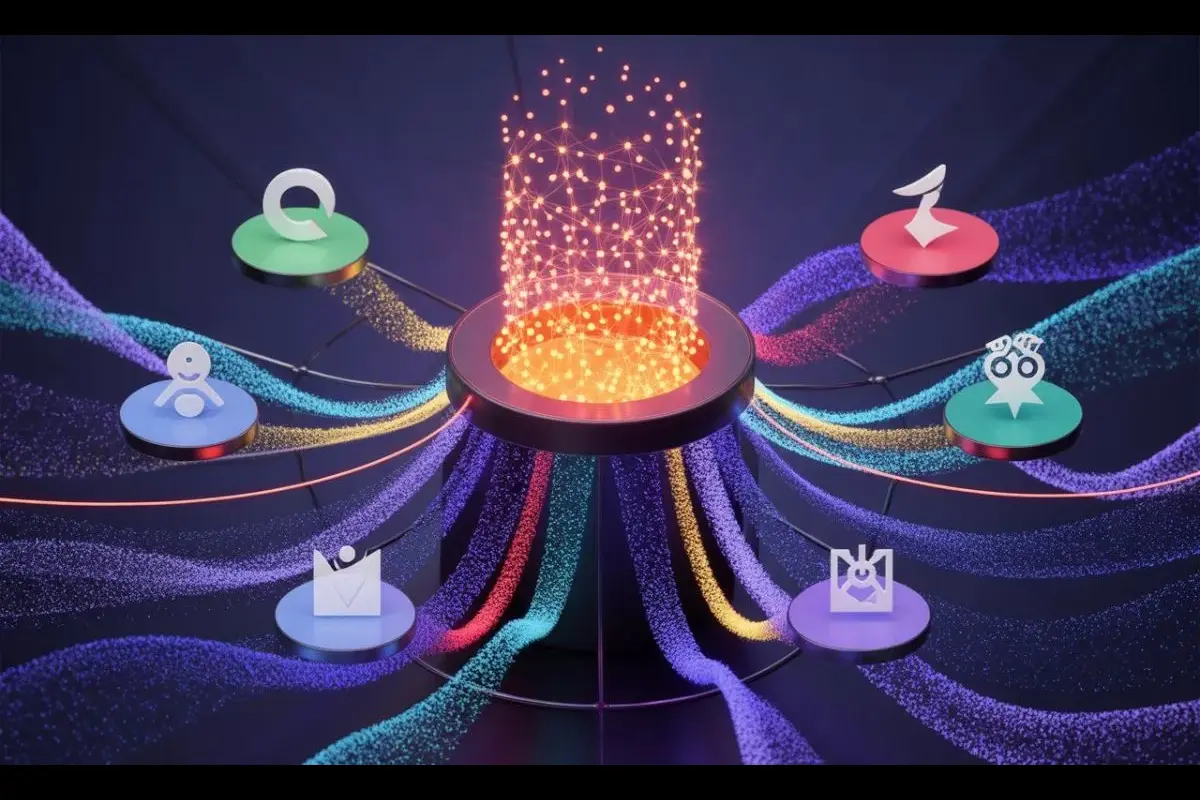The word “Assimilasjon” comes from Norwegian and translates as “integration.” This concept is of great importance in history, culture, and society. Assimilation describes the process by which individuals or groups adopt the culture, language, or customs of another group. It is often associated with migration, national politics, or social integration. While the meaning of assimilation is simple, its effects are complex and profoundly culturally significant.
What does Assimilasjon mean?
Assimilation is the act of integrating into another culture by adopting its customs and values. This can occur naturally when people move to new countries or communities. However, it can also be fostered by political measures that force minorities to adapt to the dominant culture.
Key aspects:
Language adoption: People begin to speak the dominant language in everyday life.
Cultural fusion: Traditions and customs are transformed to align with those of the majority.
Social integration: Minorities participate more in social life.
Historical Context of Assimilation
History offers numerous examples of Assimilasjon. In Europe, indigenous groups and minorities were often pressured to abandon their languages and traditions. In North America, policies targeted indigenous communities, forcing them to adopt English and abandon their cultural practices.
In Norway, the Sami people were subjected to strict assimilation policies. For decades, the use of Sami languages was suppressed, and children were sent to schools where only Norwegian was taught. This was not a natural process but a system imposed by the state.
Modern Perspectives on Assimilation
Today, assimilasjon is perceived differently. In many places, forced assimilasjon is criticized because it threatens cultural identity and diversity. Modern societies often promote integration, where people can adapt to life in the majority society while preserving their original culture.
This shift is important because cultural diversity is now considered a strength. Instead of forcing groups to abandon their traditions, the approach focuses on balance. People are encouraged to learn the dominant language and values while preserving their cultural heritage.
Assimilasjon vs. Integration
Although the two terms sound similar, they are not the same.
Assimilasjon involves the complete adoption of another culture, often accompanied by the loss of one’s own identity.
Integration, on the other hand, means participating in the new culture while preserving one’s own cultural heritage.
Understanding this difference helps explain why assimilation is a controversial topic in modern society.
Why is assimilation still relevant today?
While coercive measures are less common, assimilation continues to occur naturally. When people migrate, they adapt to their new environment. Over time, the children of immigrants often adopt the dominant culture more fully than their parents did.
Key reasons for ongoing assimilation:
Education: Children learn the primary language at school.
Workplace: Jobs often require cultural adaptation.
Media influence: Film, music, and news disseminate dominant cultural values.
These factors make assimilation an ongoing process in global societies.
The Cultural Debate on Assimilation
Some see assimilation as a way to strengthen national cohesion. Others fear the loss of cultural identity. This debate continues and is often intertwined with immigration policy.
Proponents argue that assimilation promotes:
- Clear communication
- Social cohesion
- Economic opportunities
Critics warn that assimilation:
- Weakens minority cultures
- Leads to a loss of identity
- Reduces cultural diversity
Both sides agree on the importance of a balanced approach.
Lessons from History
An analysis of forced assimilasjon policies shows why cultural respect is so important. Groups subjected to intense assimilation pressure often suffered a loss of identity. Modern approaches attempt to learn from these mistakes.
For example, many countries now promote bilingual education. This allows children to learn the national language while preserving their mother tongue. This demonstrates how integration and cultural respect can go hand in hand.
Conclusion:
Assimilasjon is a powerful term that reflects both history and modernity. While in the past it signified forced cultural change, today it refers more to adaptation and natural fusion. The lessons of the past remind us that preserving culture while adapting to new environments is healthier for individuals and societies. Assimilation will continue to shape global communities, but respect for diversity makes this process more balanced and equitable.










